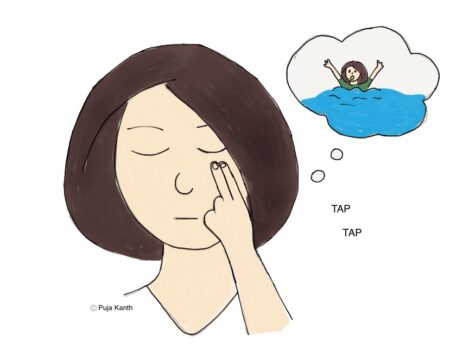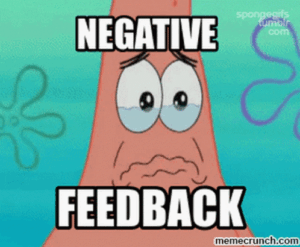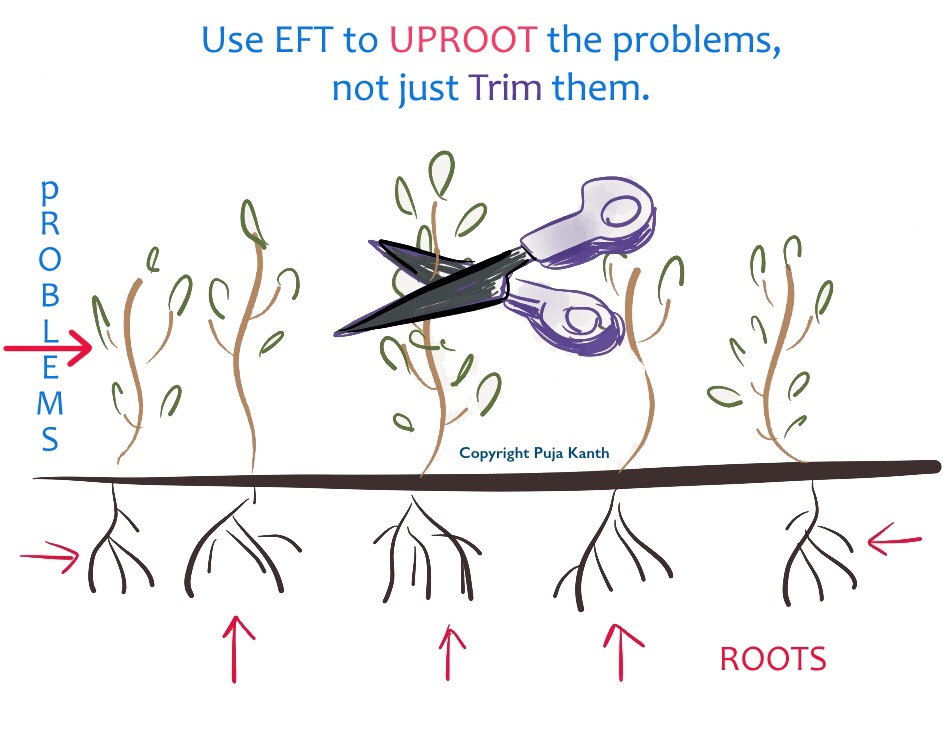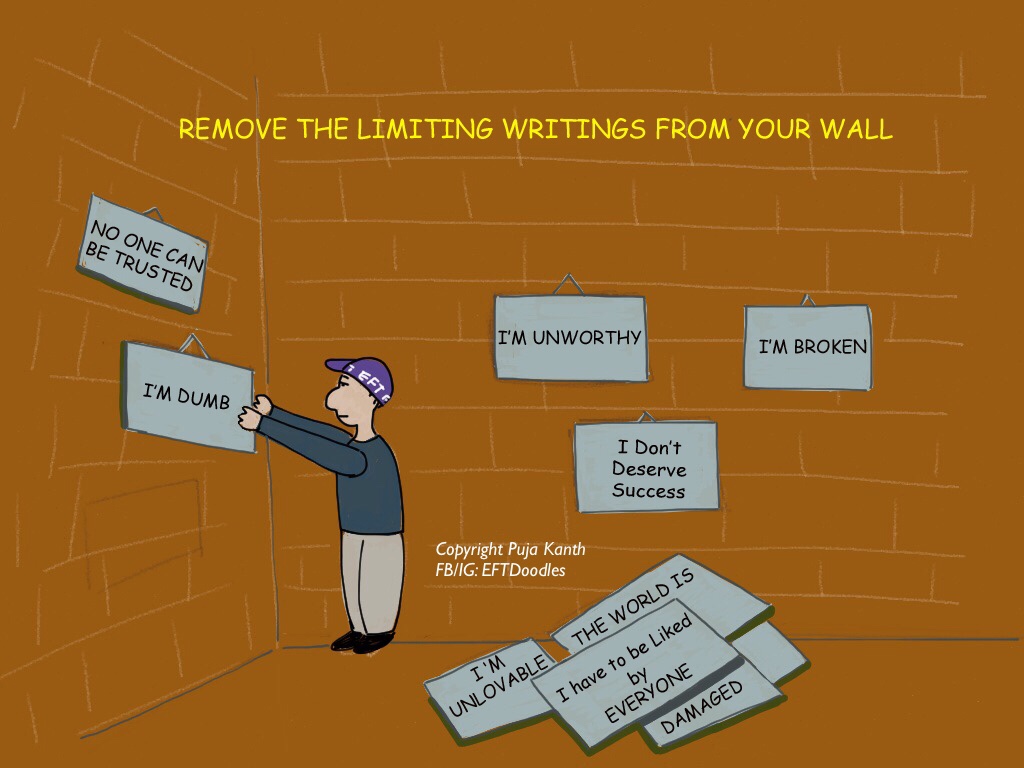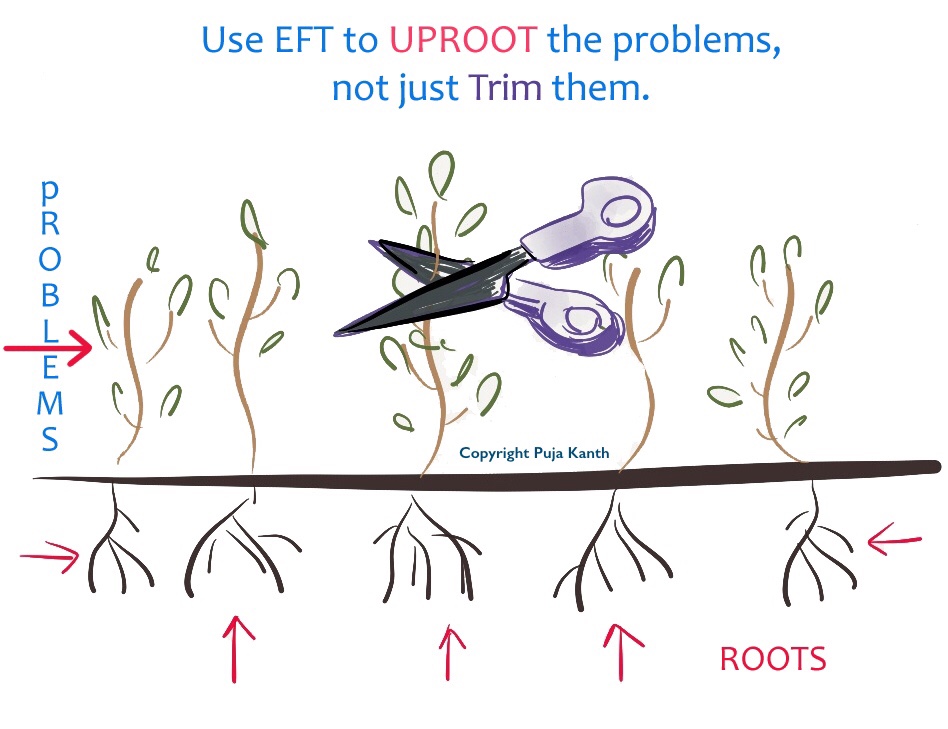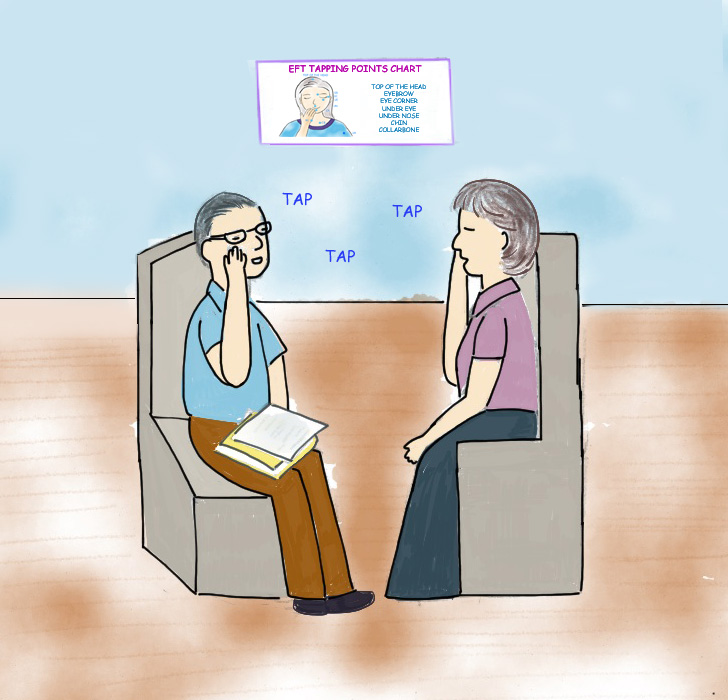EFT Research (Part 5)
Effects of EFT on the reduction of Chronic Pain in Adults, a pilot study
This was published in the Energy Psychology: Theory, Research, and Treatment journal, and this study examined the effects of EFT on pain reduction in 50 adults and these adults were enrolled in a three-day EFT workshop.
There were two scales that were used: One was the Pain Catastrophizing Scale (PCS) and the other one was Multidimensional Pain Inventory (MPI) and these were used to measure the pain.
FINDINGS:
There were reductions on each of the PCS (Pain Catastrophizing Scale) item’s scores such as rumination, magnification and helplessness. There was a reduction even on the total PCS score.
On MPI (Multidimensional Pain Inventory), improvements in pain severity, interference, life control, affective distress and dysfunctional composite were noticed. A six months follow-up was done and the reductions held over that period of time on PCS scale and only on one item of the MPI, which was the life control item.
EFT helps in reducing pain intensity and it also helps the participants’ ability to live life with their pain. The reductions in pain were observed at a one-month interval. In the follow-up which was done after a month, there were reductions in pain but that didn’t hold on a long-term basis.
However, the findings reported that that there was an increased sense of control and ability to cope with the pain. Obviously since this was only a three days’ workshop and although after that, in the follow-up, there were reductions on several items on the PCS and one item of the MPI, but the reduction in pain did not hold in the long term.
The reason for this is that you need to be persistent when it comes to EFT for pain, which means we need to continue applying EFT. The benefits, like this study showed, are that there is an increased sense of control – you have an increased sense of agency, you don’t feel helpless, you are not always ruminating or magnifying the symptoms and at the same time you have an increased ability to manage the pain.
However, in order to keep the severity of the pain low, you also need to work on the emotional contributors of the pain. For example, When did the pain start? You can check out my YouTube series on EFT for Physical Issues.
Full paper: https://energypsychologyjournal.org/effects-emotional-freedom-techniques-eft-reduction-chronic-pain-adults-pilot-study/
Watch a short video on this.


